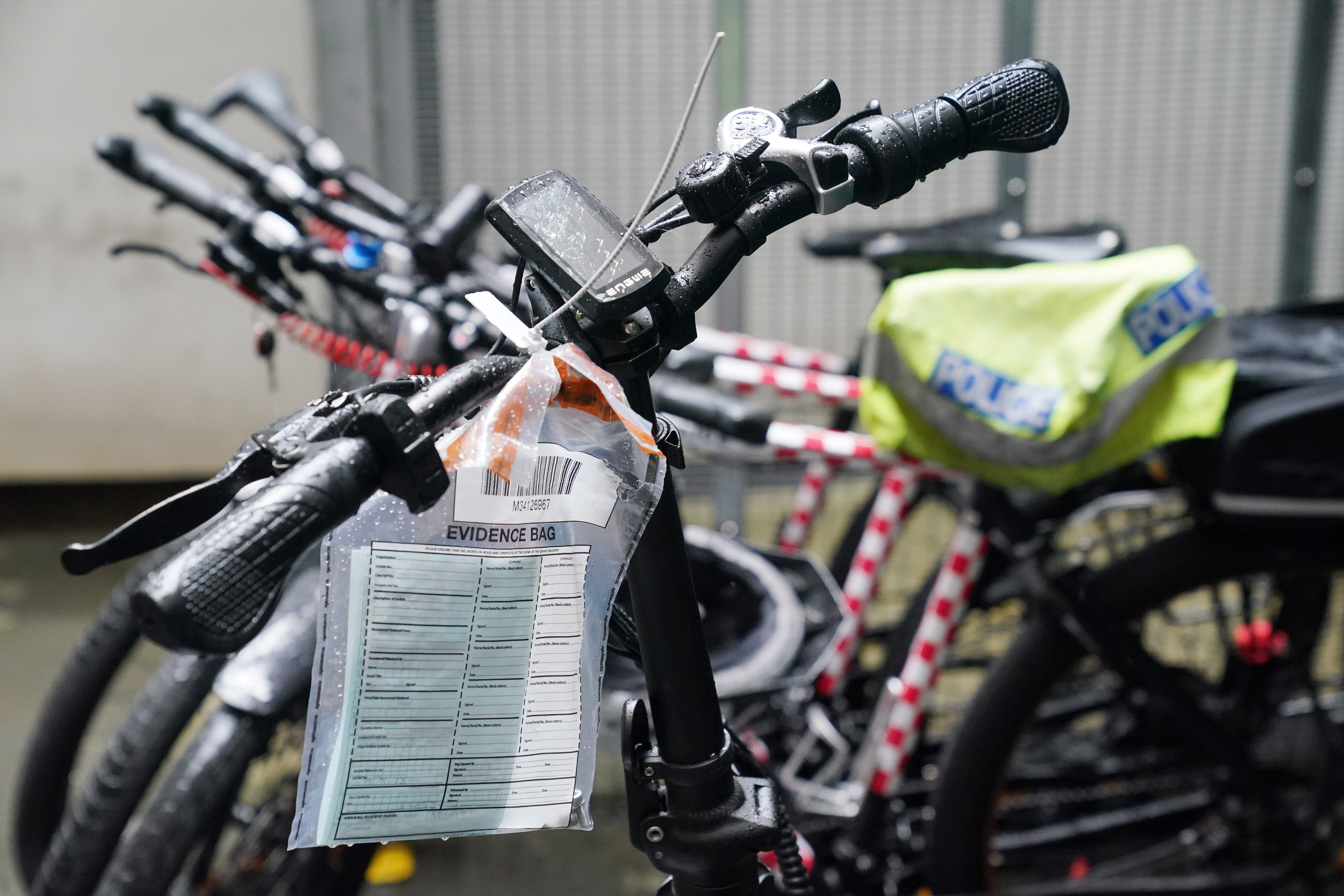What are the rules around e-bikes?
What are they, who can ride them and where can they be used?

Your support helps us to tell the story
From reproductive rights to climate change to Big Tech, The Independent is on the ground when the story is developing. Whether it's investigating the financials of Elon Musk's pro-Trump PAC or producing our latest documentary, 'The A Word', which shines a light on the American women fighting for reproductive rights, we know how important it is to parse out the facts from the messaging.
At such a critical moment in US history, we need reporters on the ground. Your donation allows us to keep sending journalists to speak to both sides of the story.
The Independent is trusted by Americans across the entire political spectrum. And unlike many other quality news outlets, we choose not to lock Americans out of our reporting and analysis with paywalls. We believe quality journalism should be available to everyone, paid for by those who can afford it.
Your support makes all the difference.Police seizures of e-bikes have soared.
Here the PA news agency answers 10 key questions on the issue.
– What are e-bikes?
Bikes with a rechargeable battery and an electric motor, meaning they are generally heavier than normal bikes.
– Who can ride an e-bike?
Anyone aged 14 or over.
– Do riders need a licence or helmet?
No.
– Do e-bikes need to be registered, taxed or insured?
No.
– Where can e-bikes be ridden?
Anywhere a conventional bike can be used, including on cycle lanes and paths as well as roads.
– What are the rules for e-bike electric motors?
They must have a maximum power output of 250 watts and must cut out when the e-bike reaches a speed of 15.5mph.
– What is the requirement for e-bikes that can be propelled without pedalling?
Machines with a so-called twist and go throttle – meaning the motor can work without the pedals being turned – must be type approved by the Government, which confirms they meet certain regulatory standards.
– What must e-bikes display?
Either the power output or the manufacturer of the motor, and either the battery’s voltage or the maximum speed of the bike with electric assistance.
– What if a machine fails to meet these requirements?
It is classed as a motorbike or moped and must be registered and taxed.
Riders must hold a driving licence and wear a helmet.
– What are the main concerns about illegally modified e-bikes?
That their speed and weight is a potentially a lethal combination in collisions with pedestrians.